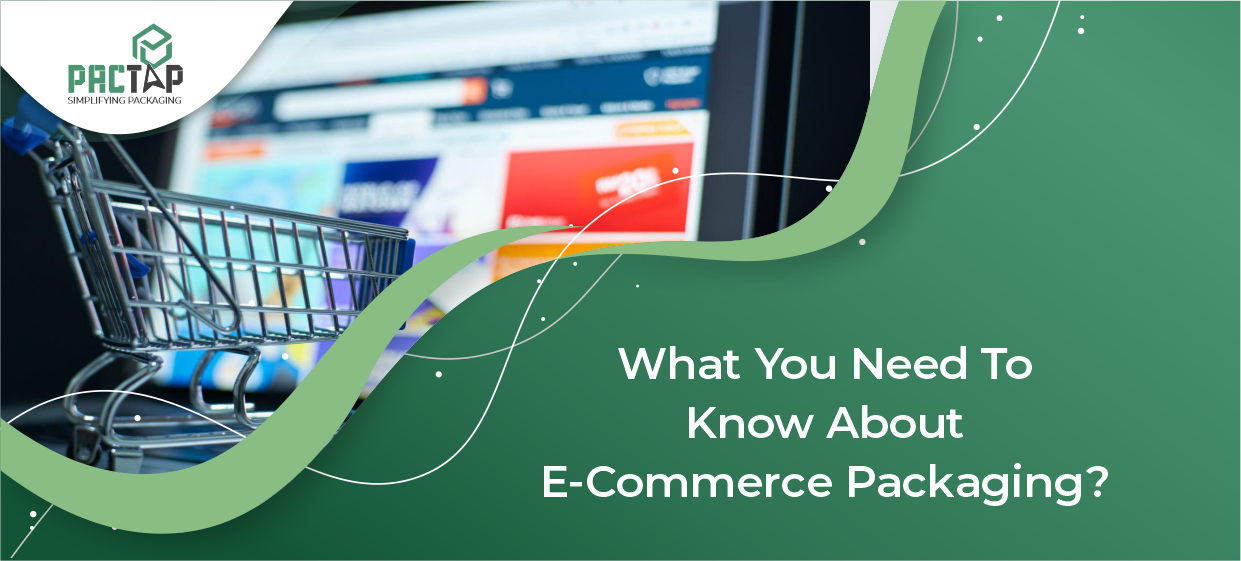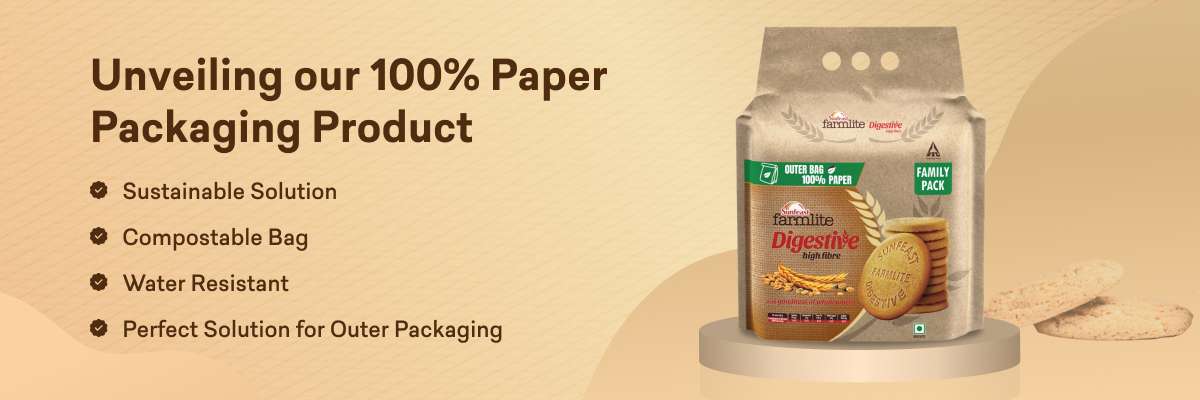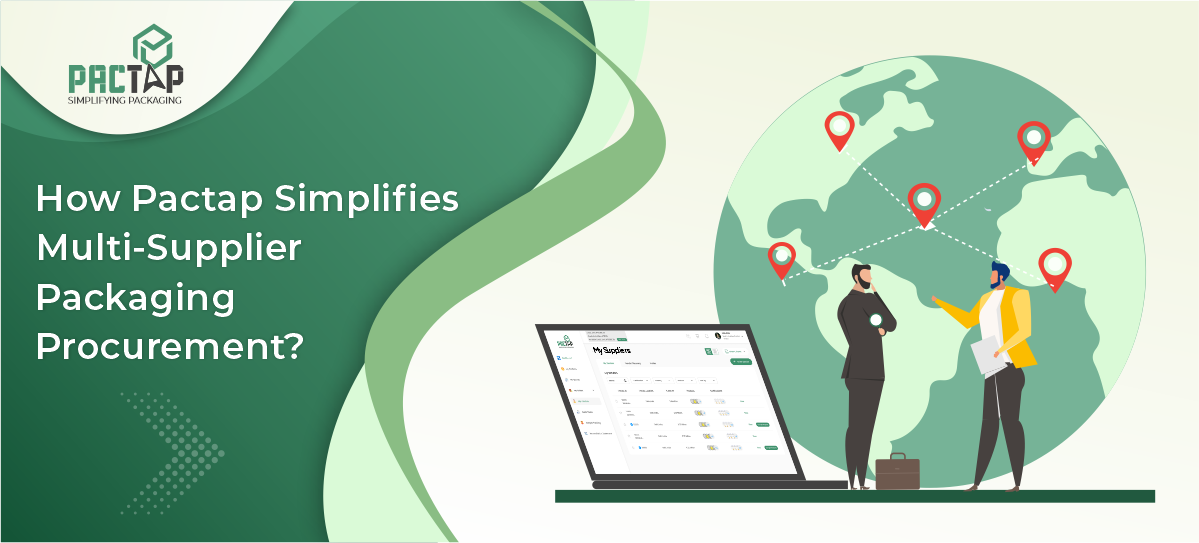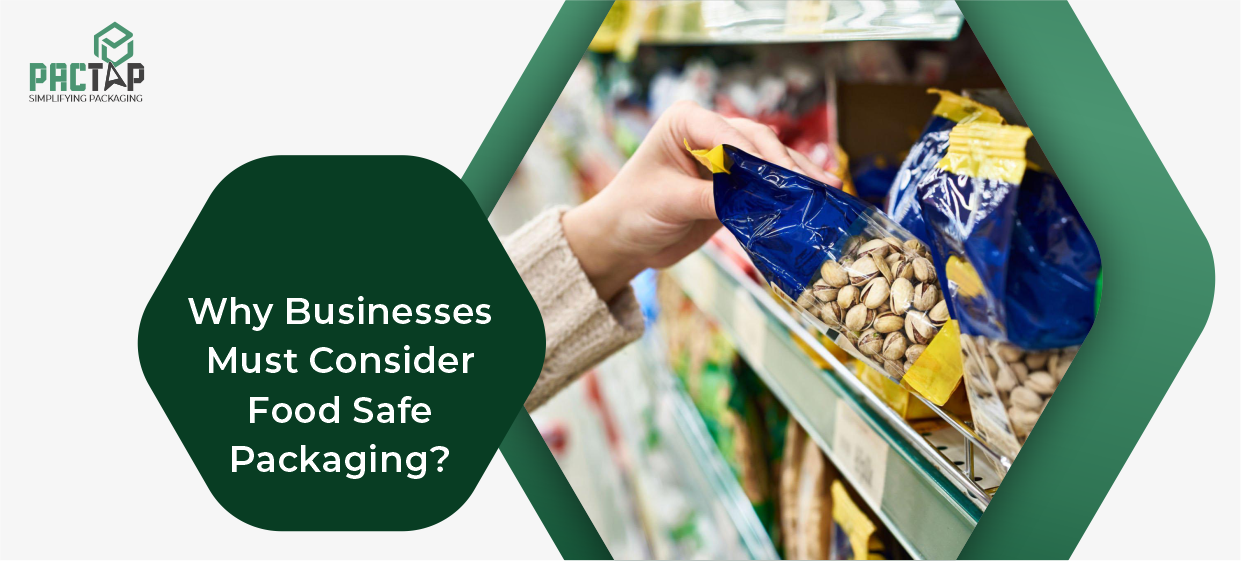E-commerce packaging has evolved from a simple protective necessity into a strategic tool to build customer relationships and strengthen brand loyalty.
As online shopping continues dominating consumer behavior, the unboxing experience has become a critical touchpoint influencing brand perception and repeat purchases. Therefore, businesses need to know about e-commerce packaging in detail.
What is the Core Purpose of Packaging?
At its most basic, packaging serves three critical functions:
- Protection: This is non-negotiable. Your products travel a long way, and they’ll likely endure a drop and stacking. The proper packaging prevents damage, saving you from costly returns, replacements, and unhappy customers.
- Branding: A plain brown box only delivers your products, but a thoughtfully designed one tells a story. From logos and colors to the texture of the materials, custom e-commerce packaging allows you to create a memorable and consistent brand identity that stands out from the competition.
- Customer Experience: A great unboxing experience can turn a one-time buyer into a loyal customer. Including a personalized note, a small free sample, or using unique filler materials can make the delivery feel like a gift, not just an order.
What are the Essential Elements of a Perfect E-Commerce Packaging?
Selecting the right packaging materials is a balancing act between protection, cost, and brand values.
Outer Packaging
- Corrugated Boxes: The go-to solution for e-commerce packaging. Made from layered paperboard, they’re strong, versatile, and highly recyclable. They come in various thicknesses (“flutes”) to accommodate different product weights and fragility.
- Poly Mailers: These are sturdy, waterproof plastic bags suitable for shipping items that are not fragile, generally, clothing, accessories, or soft goods. They are lightweight and inexpensive, which can result in substantial savings in shipping. Look for compostable or recycled options to align with eco-conscious values.
- Padded Envelopes/Mailers: For smaller, flat items and semi-fragile items such as jewelry, books, or electronics, padded envelopes/mailers are the best option. They offer a layer of cushioning without the bulk of a box.
Inner Packaging (Void Fill)
Once you’ve chosen your outer container, you must fill the space to prevent your product from shifting.
- Air Pillows: Lightweight, plastic bags filled with air that are great for filling large voids. They’re cost-effective and don’t add much weight, but are not the most sustainable option.
- Packing Peanuts: Traditional foam peanuts are not suitable for the environment, but modern alternatives made from starch are biodegradable and dissolve in water.
- Crinkle or Shredded Paper: This option is fantastic, eco-friendly, and visually appealing. It provides cushioning and adds a premium, rustic feel to the unboxing experience.
- Kraft Paper: Simple, recyclable, and effective. You can crumple it up to fill space or use it to wrap products for a clean, minimalist look.
What is the Role of Custom E-commerce Packaging?
This is where you take your brand to the next level. Custom packaging for e-commerce is a true differentiator. It’s not just about printing your logo on a box; it’s about creating a cohesive and memorable journey.
- Branded Boxes and Mailers: Instead of a generic container, use branded boxes or mailers with a logo, colors, or design that has been custom-made. The unboxing experience instantly elevates and connects with your brand identity.
- Custom Inserts: These can be anything from a thank-you card to a detailed product guide, a flyer, or a discount code for a future purchase. Customers remember handwritten notes, which provide a personal touch.
- Branded Tissue Paper: Wrapping your products in custom-printed tissue paper with your logo or a pattern adds a layer of anticipation and a sense of luxury.
- Custom Labels and Tape: A branded sticker or tape can turn a plain box into a branded one without the higher cost of a fully printed box.
Why Sustainable Packaging is a Must-Have?
Today’s consumers are more environmentally aware. Incorporating eco-friendly practices isn’t just a trend; it’s a responsible business decision.
- Recycled Materials: Choose boxes and mailers with a high percentage of recycled content.
- Biodegradable/Compostable: Materials that break down naturally, like cornstarch-based mailers, are a great way to reduce waste.
- Minimalism: Opt for right-sized packaging to reduce material use and lower shipping costs.
- Reusable Packaging: Some innovative companies use packaging designed to be reused by the customer or returned to the company for a second life.
What are the Cost-Effective Packaging Strategies?
Excellent packaging doesn’t have to be costly. Here’s how to manage your budget:
- Start Small: Begin with reasonable options like poly mailers or simple corrugated boxes and use branded stickers and a thank-you note to create a custom feel.
- Bulk Orders: Buying your packaging materials in larger quantities will help in reducing the per-unit cost.
- Balance Protection and Cost: It is best to avoid excess packing. A padded mailer is sufficient for a T-shirt; a heavy-duty corrugated box for a T-shirt is unnecessary. Use the most cost-effective solution that still guarantees the product arrives safely.
To Sum Up!
E-commerce packaging has progressed beyond merely protecting a product; it has provided a strategic tool for businesses. Careful packaging choices influence shipping costs and customer perceptions and can even create brand recognition.
But there’s more to successful packaging than just cost-effective solutions. Sustainability is one of the essential packaging needs. If a business understands these fundamental principles in today’s online marketplace, it will have a competitive advantage.
For ideal packaging options that fit your brand, budget, and sustainability goals, visit Pactap today!





